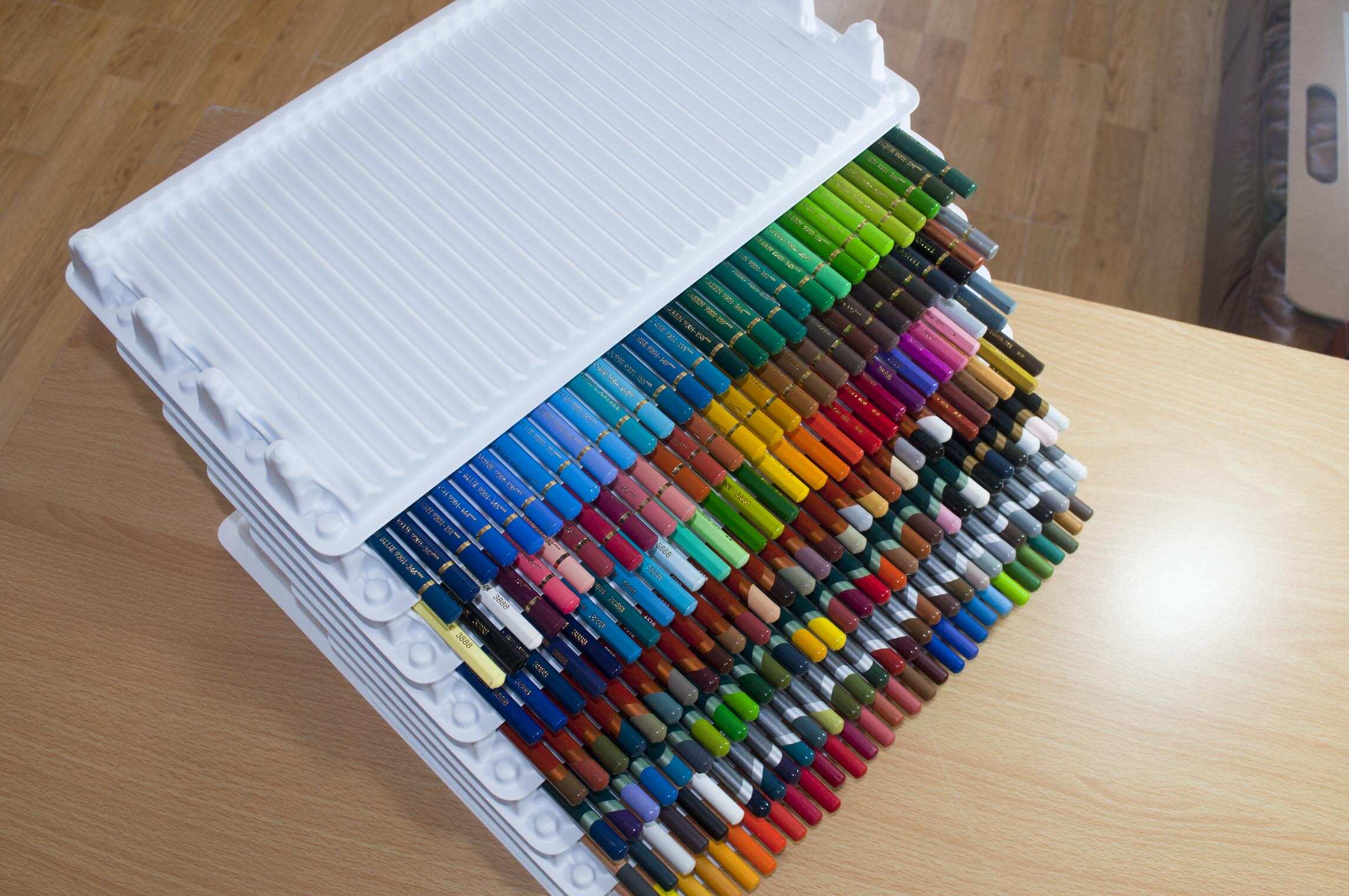

Articles
How To Store Colored Pencils
Modified: January 19, 2024
Learn the best methods for storing colored pencils in this informative article. Keep your art supplies organized and prevent damage to your precious colored pencils.
(Many of the links in this article redirect to a specific reviewed product. Your purchase of these products through affiliate links helps to generate commission for Storables.com, at no extra cost. Learn more)
Introduction
Properly storing colored pencils is vital to preserving their color quality and ensuring their durability. Whether you are an artist, a student, or someone who simply enjoys using colored pencils for various projects, understanding how to store them correctly will help maintain their vibrant hues and extend their lifespan.
When colored pencils are exposed to improper storage conditions, they can experience color fading, breakage, or become brittle. These issues can affect the overall quality of your artwork and make it challenging to achieve the desired results.
By implementing the right storage techniques, you can protect your beloved colored pencils and enjoy their vivid colors for years to come. Let’s explore the benefits of correct storage and why it is essential for maintaining the color quality and durability of your pencils.
Benefits of Proper Storage:
- Preserves Color Quality: Proper storage prevents exposure to factors like light, heat, and moisture that can cause pigments to fade. When colored pencils are kept in optimal conditions, the colors remain vibrant and true to their original intensity, ensuring your artwork looks its best.
- Prevents Breakage: Correct storage can help protect colored pencils from accidental drops or rough handling. By keeping pencils in secure containers or organizers, you minimize the risk of breakage, ensuring that your pencils remain intact and ready to use.
- Sustains Pencil Durability: Storing colored pencils in a controlled environment helps prevent them from becoming brittle or drying out. This ultimately extends the lifespan of your pencils, enabling you to use them for a more extended period.
- Enhances Efficiency: With proper storage, you can easily locate and access the colors you need. Organizing your colored pencils by color or brand makes it convenient to find the specific shades you want, allowing you to focus on your creative process without wasting time searching for the right pencil.
Now that we understand the benefits of proper colored pencil storage, let’s delve into the various aspects to consider when choosing a suitable container for your pencils.
Key Takeaways:
- Proper storage of colored pencils is crucial for maintaining vibrant colors and durability, ensuring professional-looking artwork and long-lasting use.
- Organizing, protecting from environmental factors, and handling with care are key to preserving the integrity and performance of colored pencils.
Read more: How To Organize Colored Pencils By Color
Choosing the Right Container
When it comes to storing colored pencils, selecting the right container is paramount. A container that provides the necessary protection and organization ensures that your colored pencils remain in optimal condition. Here are some factors to consider when choosing a container for storing your colored pencils.
Types of Containers:
There are a variety of containers available that are suitable for storing colored pencils:
- Pencil Cases: Pencil cases come in various sizes and designs, providing a convenient and portable option for storing your colored pencils. Choose a case with individual slots or elastic loops to keep each pencil in place.
- Storage Boxes: Storage boxes are ideal for individuals with larger colored pencil collections. These boxes often have compartments or trays for easy organization and access to your pencils.
- Desk Organizers: If you frequently use colored pencils at your desk, a desk organizer can help keep your pencils within reach. Opt for an organizer with multiple compartments to sort your pencils by color or brand.
Considerations for Selecting a Container:
When choosing a container for your colored pencils, keep the following factors in mind:
- Size and Capacity: Consider the number of colored pencils you own and choose a container that can accommodate your collection. Ensure that the container has enough space to avoid overcrowding, which can lead to pencil breakage.
- Material: Look for a container made of durable materials like hard plastic or fabric that can withstand daily use and protect your colored pencils from external damage.
- Secure Closure: A container with a secure closure, such as a zipper or latch, prevents accidental spills or pencils falling out when transporting the container.
Importance of a Secure and Protective Container:
A secure and protective container ensures the safety and longevity of your colored pencils. Here’s why:
- Prevention of Damage: A container with compartments or individual slots keeps the pencils secure and prevents them from rubbing against each other, which can lead to broken tips or damaged leads.
- Protection from External Elements: A container with a sturdy exterior protects your colored pencils from exposure to light, moisture, or extreme temperatures, all of which can negatively impact their performance and color quality.
- Ease of Organization: A well-organized container makes it easier to find and access the colored pencils you need, saving you time and ensuring a smoother creative process.
By selecting the right container for your colored pencils, you can ensure they are stored in a secure and protective environment, thereby maintaining their color quality and durability. Next, we’ll explore how to effectively organize your colored pencils for easy access and convenience.
Organizing Your Colored Pencils
Efficient organization is crucial when it comes to storing colored pencils. By implementing a system to sort and categorize your pencils, you can easily locate specific colors or brands, maximizing your creativity and productivity. Here are some tips on how to effectively organize your colored pencils:
Sorting and Categorizing:
One of the most common ways to organize colored pencils is by color or brand:
- Color-Based Organization: Sort your pencils based on color groups, such as reds, blues, greens, etc. This enables you to easily find the color you need for your artwork.
- Brand-Based Organization: If you own colored pencils from different brands, organize them separately. This helps you quickly identify the pencils of a specific brand and lets you explore the unique characteristics of each brand’s colors.
Utilizing Dividers and Compartments:
To keep your colored pencils well-organized, consider using dividers and compartments:
- Dividers: Use dividers to create sections within your container or storage box. This allows you to allocate separate spaces for different color or brand groups, keeping the pencils neatly organized and preventing them from mixing together.
- Compartments or Trays: Many storage containers come with built-in compartments or trays. Utilize these to distribute your colored pencils evenly and keep them securely in place, minimizing the risk of damage and breakage.
Tips for Creating an Efficient and Visually Appealing Organization System:
- Labeling: Consider labeling the dividers or compartments with color names or brand names. This makes it even easier to find the desired colored pencil quickly and ensures a seamless workflow.
- Create a Color Chart: Develop a color chart or swatch book that showcases all the colors in your collection. This visual reference can help you choose the right color for your artwork and maintain consistency throughout your creations.
- Arrange Colors Strategically: Arrange your colored pencils in a visually appealing way, such as following the color spectrum or grouping complementary colors together. This not only enhances the organization system but also provides inspiration and creative ideas.
An efficient organization system for your colored pencils not only saves you time but also enhances your overall creative experience. With sorted and well-arranged colored pencils, you can focus on your artwork without the hassle of searching for the right color. Next, let’s explore the importance of controlling temperature and humidity to maintain the integrity of your colored pencils.
Temperature and Humidity Control
Proper temperature and humidity control play a crucial role in maintaining the performance and lifespan of colored pencils. Extreme or fluctuating conditions can impact the pigments and materials, leading to issues like color distortion, breakage, or drying out. To ensure the longevity of your colored pencils, it’s important to understand the impact of temperature and humidity and implement proper control measures. Here’s what you need to know:
The Impact of Temperature and Humidity:
Temperature and humidity can directly affect the performance of colored pencils:
- Temperature: High temperatures can cause wax-based colored pencils to soften, making them difficult to work with. On the other hand, low temperatures can make the leads brittle, increasing the risk of breakage or crumbling.
- Humidity: Excessive humidity can lead to moisture absorption, causing the wood casing of the colored pencils to swell or warp. This can affect the alignment of the lead and result in issues like lead breakage or cracking.
Recommended Temperature and Humidity Levels:
The ideal temperature and humidity levels for storing colored pencils are:
- Temperature: Keep the storage area at a moderate temperature between 60°F (15°C) and 75°F (24°C). Avoid exposing colored pencils to extreme heat or cold, as it can affect their performance.
- Humidity: Aim for a relative humidity level between 40% and 60%. This helps prevent the absorption of excess moisture or drying out of the colored pencil lead.
Techniques for Controlling Temperature and Humidity:
Here are some strategies to control temperature and humidity in your colored pencil storage areas:
- Location: Choose a storage area that is free from direct sunlight, as it can cause temperature fluctuations and UV damage to the pencils. Opt for a cool, dry, and well-ventilated space.
- Humidity Control Packs: Consider using desiccant packs or humidity control packs in your storage containers or drawers. These packs help regulate and maintain optimal humidity levels, protecting your colored pencils from moisture-related issues.
- Dehumidifiers and Humidifiers: Depending on your geographical location and climate, you may need to use dehumidifiers or humidifiers to control the overall moisture levels in your storage area.
- Avoid Drastic Temperature Changes: Minimize exposing colored pencils to rapid changes in temperature, such as moving them from a cold environment to a warm one or vice versa. Allow the pencils to acclimate slowly to prevent stress on the materials.
By maintaining the recommended temperature and humidity levels and implementing control measures, you can protect your colored pencils from detrimental effects and ensure their longevity. Next, let’s explore the importance of protecting colored pencils from light and sunlight exposure.
To store colored pencils, use a pencil case or box with individual slots to keep them organized and prevent breakage. Store them in a cool, dry place away from direct sunlight to prevent fading and warping.
Protection from Light and Sunlight
Protecting colored pencils from light and sunlight exposure is essential for maintaining their color quality and preserving their integrity. Direct sunlight and UV rays can cause fading, discoloration, and overall degradation of the pigments and materials in colored pencils. To prevent these damaging effects, it is crucial to implement strategies for shielding your colored pencils from light exposure. Here’s what you need to know:
The Damaging Effects of Direct Sunlight and UV Rays:
Exposure to direct sunlight and UV rays can lead to the following issues with colored pencils:
- Fading: UV rays have a bleaching effect and can cause the pigments in colored pencils to fade over time. This can result in a loss of vibrancy and intensity in your artwork.
- Discoloration: Prolonged exposure to sunlight can cause the casing of colored pencils to fade or yellow, altering the appearance of your pencils.
- Deterioration: UV rays can also cause the materials in colored pencils, such as the wood casing or plastic barrel, to become brittle or degrade, leading to breakage or other structural issues.
Strategies for Shielding Colored Pencils from Light Exposure:
To protect your colored pencils, consider the following strategies to minimize light exposure:
- Storage Location: Choose a storage location away from direct sunlight, such as a drawer, cabinet, or closet. This will help shield your colored pencils from prolonged exposure to UV rays.
- Use Light-Blocking Containers: Invest in light-blocking containers or boxes that provide additional protection from light. These containers are typically made from opaque materials that block out UV rays, keeping your colored pencils safe and minimizing the risk of fading or color distortion.
- Wrapping in Acid-Free Paper: For an added layer of protection, wrap your colored pencils individually or in small groups using acid-free paper or tissue. This helps to prevent direct contact with light and provides a barrier against potential moisture or external elements.
Importance of Using Light-Blocking Containers or Storage Areas:
Using light-blocking containers or storage areas is of utmost importance to preserve the integrity of your colored pencils. Here’s why:
- Preserving Color Quality: Light-blocking containers or storage areas prevent UV rays from reaching your colored pencils, helping to maintain the vibrancy and color integrity of the pigments.
- Preventing Discoloration: By shielding colored pencils from direct sunlight, you can minimize the risk of the casings fading or yellowing, ensuring that your pencils retain their original appearance.
- Protecting from Deterioration: Light-blocking containers or areas help safeguard the materials of your colored pencils, reducing the risk of them becoming brittle, degrading, or experiencing structural issues.
By implementing strategies to shield your colored pencils from light exposure, you can prolong their lifespan and maintain their vibrant colors. In the next section, we’ll explore safe handling and transportation techniques to protect your colored pencils from breakage or damage.
Read more: How To Store Apple Pencil
Safe Handling and Transportation
Ensuring the safe handling and transportation of colored pencils is crucial to prevent breakage, damage, or loss. Whether you’re an artist on the go or simply need to transport your colored pencils from one location to another, taking precautions will help protect your investment. Here are some tips to safely handle and transport your colored pencils:
Tips for Safely Handling Colored Pencils:
- Avoid Excessive Force: Handle colored pencils with care, avoiding excessive pressure or force when using or sharpening them. This helps prevent the lead from breaking or the pencil casing from getting damaged.
- Hold the Pencil Properly: Hold the pencil near the center, providing a balanced grip that minimizes the risk of applying uneven pressure and potential breakage.
- Avoid Dropping or Bouncing: Accidental drops or bouncing of colored pencils can cause breakage or lead damage. Be mindful when handling and avoid situations that can lead to pencil mishaps.
Using Protective Cases or Holders:
- Protective Cases: Invest in a sturdy, protective case or pencil holder specifically designed for colored pencils. These cases often have individual slots or compartments to keep each pencil separate and secure, minimizing the risk of breakage or tip damage.
- Roll-Up Pencil Cases: Roll-up pencil cases are a convenient option for transporting a small number of colored pencils. They often have individual elastic loops to hold each pencil in place and prevent them from moving or rubbing against one another.
Precautions to Prevent Breakage or Damage During Transportation:
- Secure the Pencils: Ensure that your colored pencils are secured in their case or holder in a way that prevents them from jostling or moving around during transportation. A snug fit or additional padding can help keep them in place.
- Use Cushioning Materials: If you need to transport your colored pencils in a larger bag or container, consider using cushioning materials, such as soft fabric or bubble wrap, to provide extra protection and prevent impact damage.
- Handle with Care: When transporting colored pencils, handle the bag or container with care, avoiding sudden movements or placing heavy objects on top of them. Treat them as delicate items to minimize the risk of breakage.
By following these tips, you can ensure the safe handling and transportation of your colored pencils, minimizing the risk of breakage, damage, or loss. In the next section, we’ll explore maintenance and cleaning techniques to keep your colored pencils in optimal condition.
Maintenance and Cleaning
Proper maintenance and cleaning are essential for keeping your colored pencils in optimal condition. Regular care not only helps preserve their performance but also maximizes their lifespan. Here are some methods for maintaining and cleaning your colored pencils:
Proper Methods for Maintaining Colored Pencils:
- Store in a Clean Environment: Keep your colored pencils in a clean and dust-free environment, away from potential contaminants that can transfer to the pencil surfaces.
- Avoid Excessive Heat or Cold: Extreme temperatures can affect the quality and performance of colored pencils. Store them in a moderate temperature range, as mentioned earlier, to prevent damage.
- Avoid Excessive Pressure: Apply gentle pressure when using and sharpening your colored pencils to avoid breakage or damage to the lead or pencil casing.
Removing Dirt, Dust, and Other Contaminants:
- Brushing: Use a soft brush or a clean cloth to gently brush away any visible dirt, dust, or debris from the surface of the colored pencil. This helps maintain clean and vibrant colors.
- Erasing: If you notice any light smudges or marks on the pencil surface, use a clean, soft eraser to gently remove them. Be careful not to apply excessive pressure that can damage the pencil.
- Pencil Extenders: Pencil extenders can be useful for rescuing shorter pencils or pencil stubs. These handy tools provide extra length, allowing you to comfortably continue using your pencils even when they become too small to hold securely.
Importance of Regular Cleaning:
Regular cleaning is vital to maximize the lifespan of colored pencils and ensure their optimal performance:
- Maintaining Color Quality: Dirt, dust, or other contaminants can affect the application and intensity of colored pencil pigments. Regular cleaning helps prevent color contamination and ensures consistent and vibrant colors in your artwork.
- Preventing Lead Build-Up: Over time, colored pencils can accumulate lead build-up on their surfaces. Regular cleaning helps remove this build-up, ensuring a clean and smooth application of color.
- Prolonging Pencil Lifespan: By regularly maintaining and cleaning your colored pencils, you can extend their lifespan and enjoy them for a longer period. This saves you money and ensures you can continue creating beautiful artwork without interruptions.
By following these maintenance and cleaning techniques, you can keep your colored pencils in excellent condition, maximize their performance, and extend their lifespan. Now that we’ve covered the importance of storage, handling, transportation, and maintenance for colored pencils, let’s conclude with a recap of key points and some final thoughts.
Conclusion
Properly storing colored pencils is essential for maintaining their color quality and ensuring their durability. Here’s a recap of the key points we’ve discussed:
- Choosing the right container is crucial, considering factors like size, material, and closure.
- Organizing colored pencils based on color or brand allows for quick and easy access.
- Temperature and humidity control are important to prevent color fading and material damage.
- Protecting colored pencils from light and sunlight prevents color distortion and deterioration.
- Safely handling and transporting colored pencils helps avoid breakage or damage.
- Regular maintenance and cleaning remove dirt and contaminants, maximizing pencil lifespan.
Maintaining color quality is vital for producing vibrant and professional-looking artwork. By applying the storage techniques discussed, you can ensure that your colored pencils remain in optimal condition, allowing you to achieve the desired results in your artistic endeavors.
Remember, proper storage and care not only preserve color quality but also extend the lifespan of your colored pencils. By protecting them from factors like light, heat, moisture, and physical damage, you can enjoy long-lasting, vibrant colored pencils for years to come.
So, let’s put these techniques into practice! Take the time to sort, categorize, and organize your colored pencils in a suitable container. Create a controlled environment with optimal temperature and humidity levels. Shield them from direct sunlight and UV rays. Handle and transport them with care. Regularly clean and maintain them to ensure their peak performance.
By implementing these storage techniques, you can preserve the color quality, durability, and overall integrity of your colored pencils. So go ahead, unleash your creativity, and enjoy the vibrant colors and smooth application that properly stored colored pencils can offer!
Frequently Asked Questions about How To Store Colored Pencils
Was this page helpful?
At Storables.com, we guarantee accurate and reliable information. Our content, validated by Expert Board Contributors, is crafted following stringent Editorial Policies. We're committed to providing you with well-researched, expert-backed insights for all your informational needs.
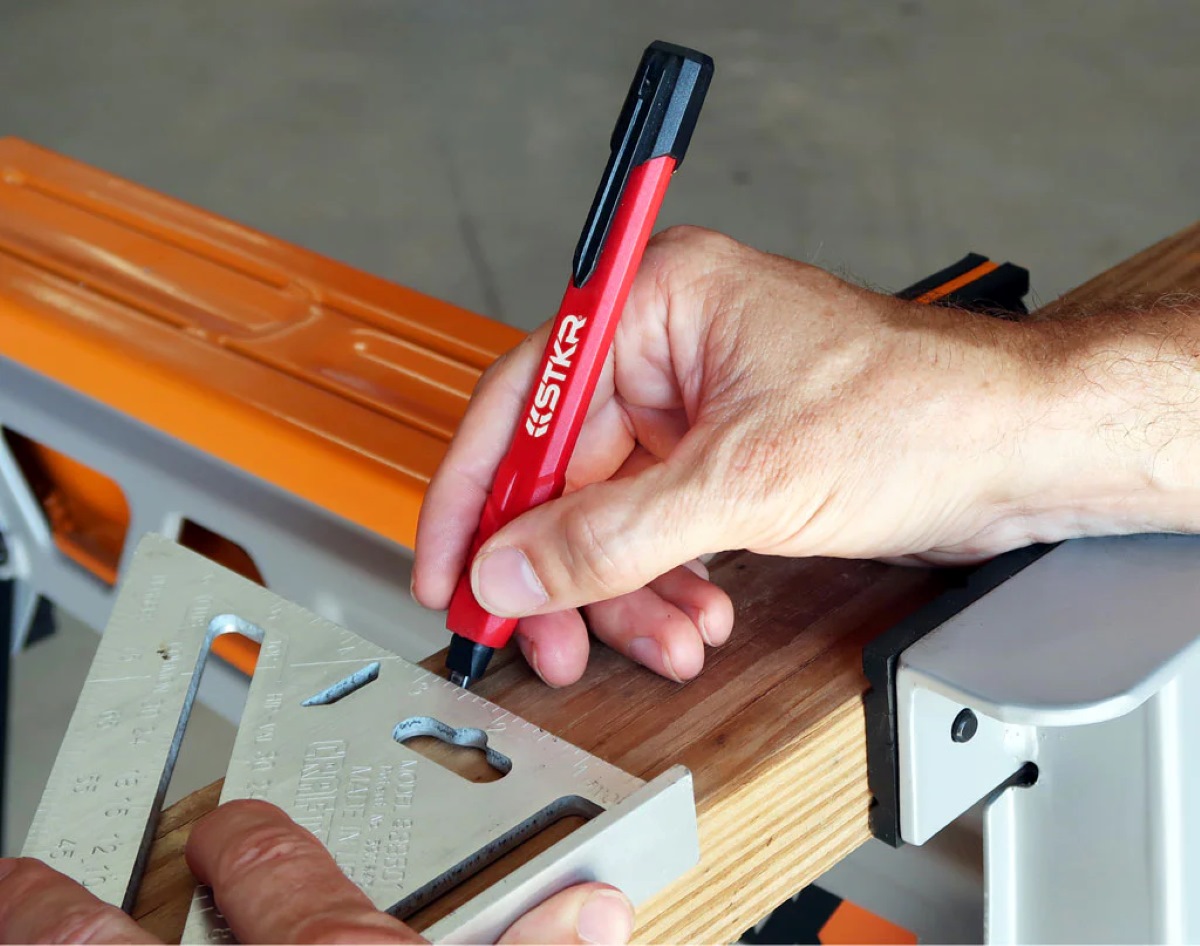

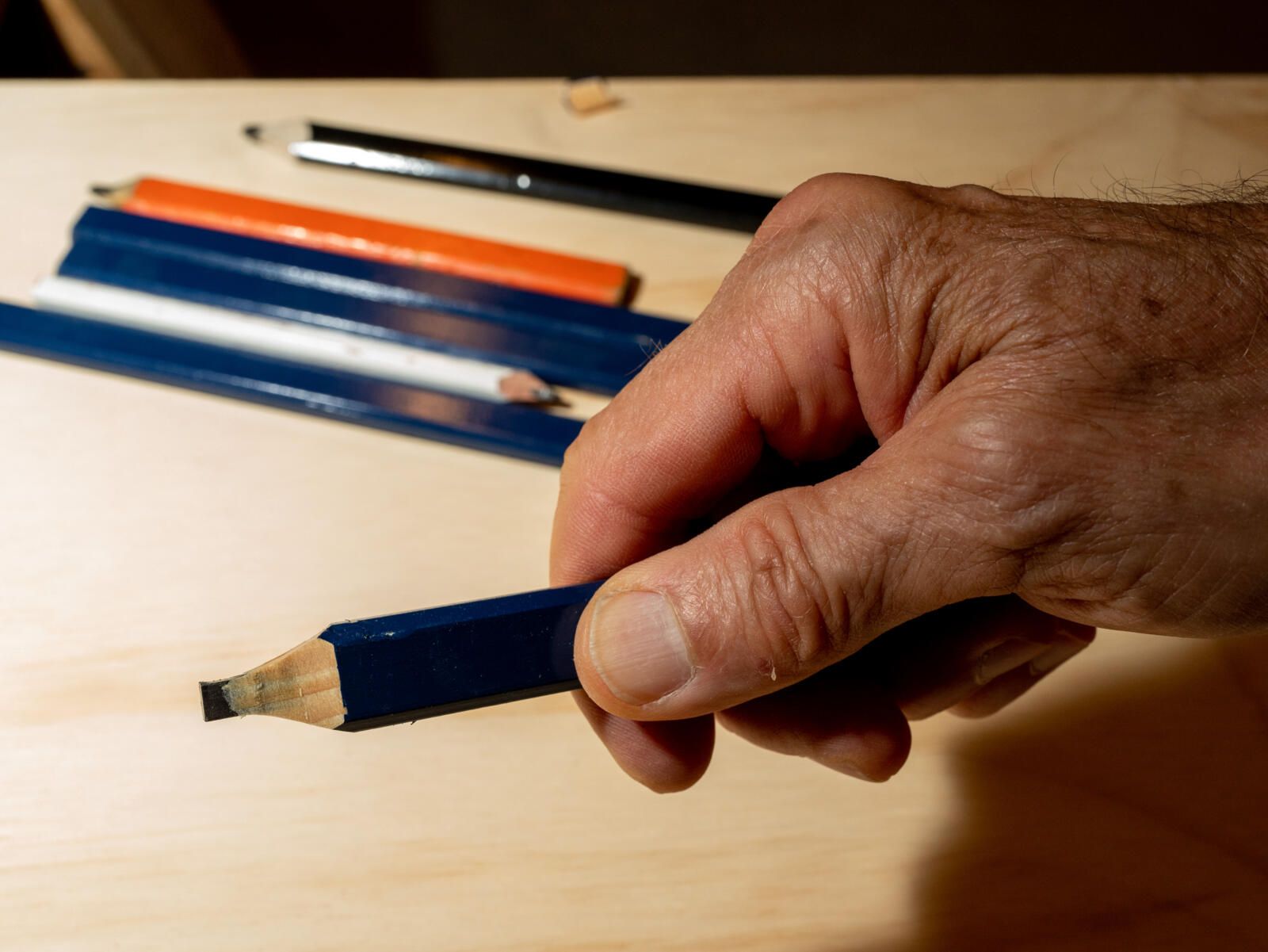
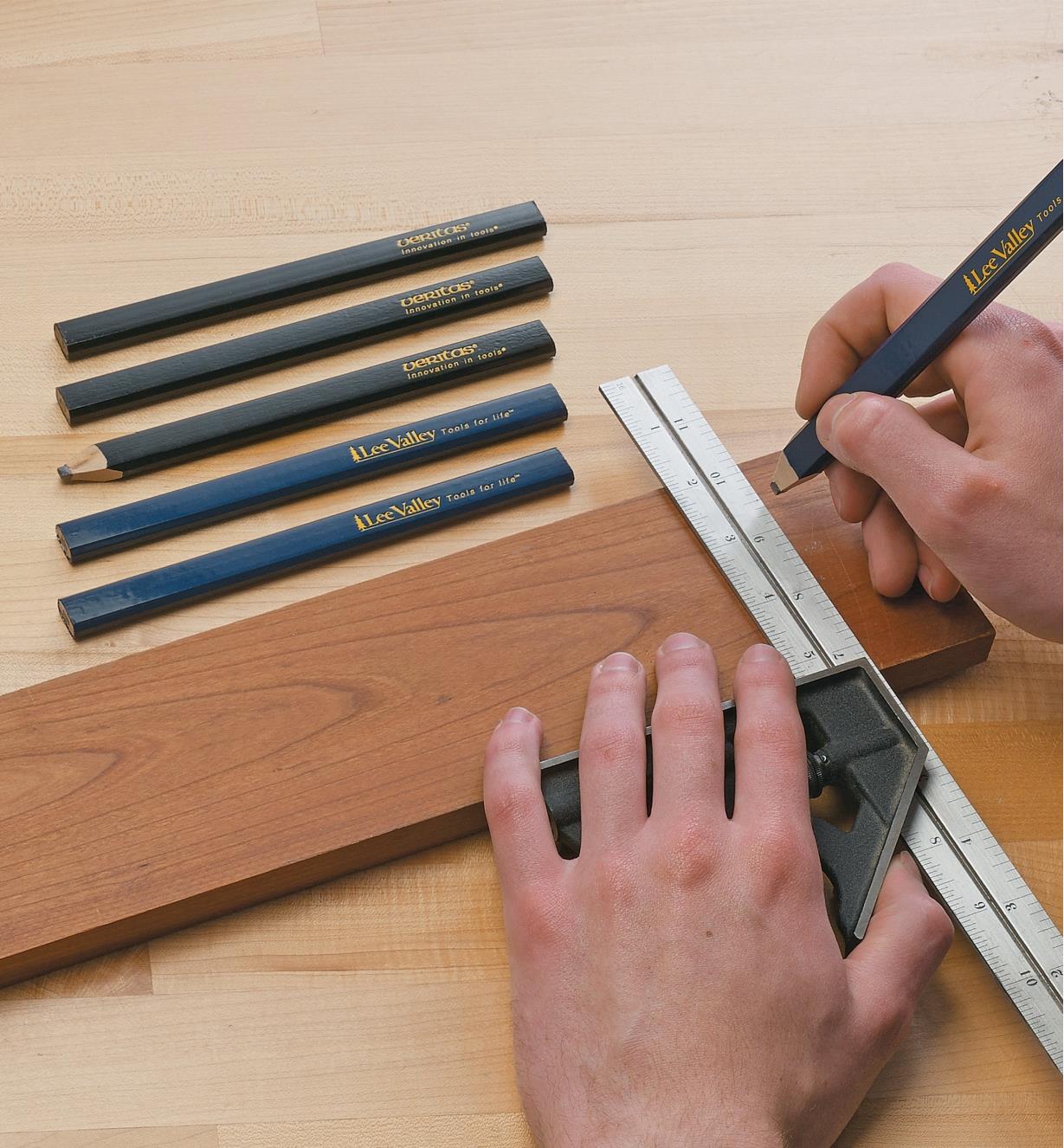

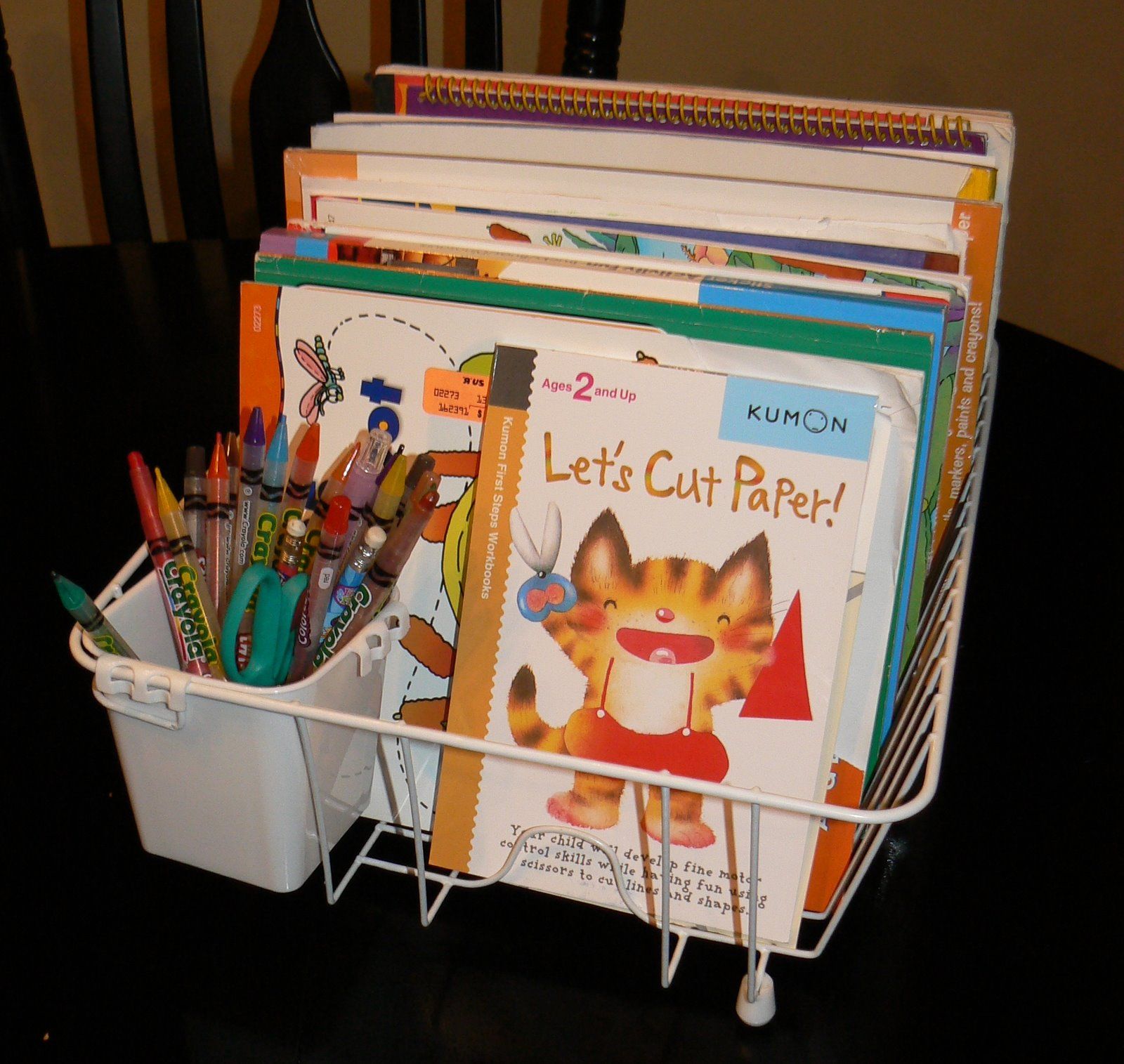
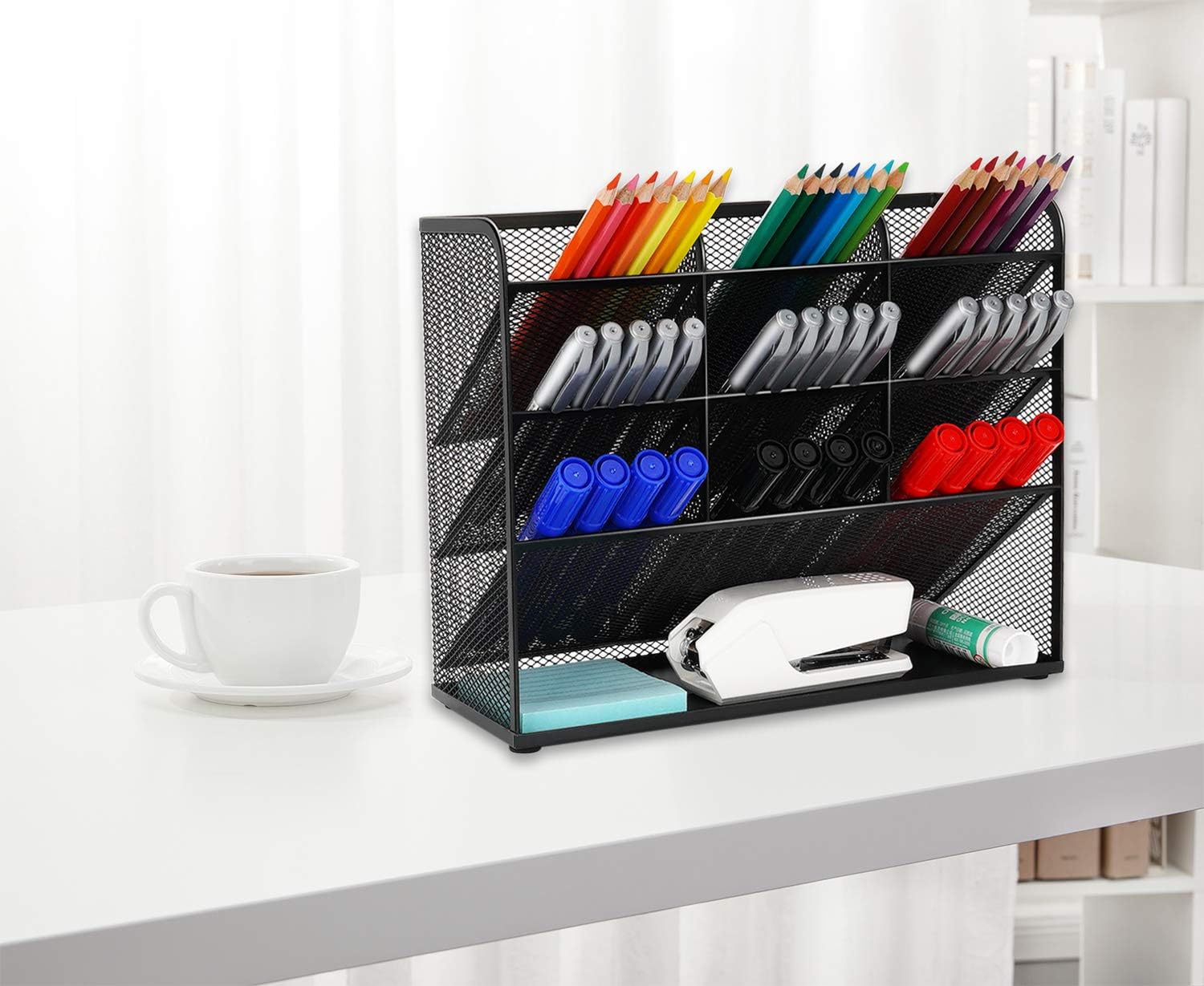
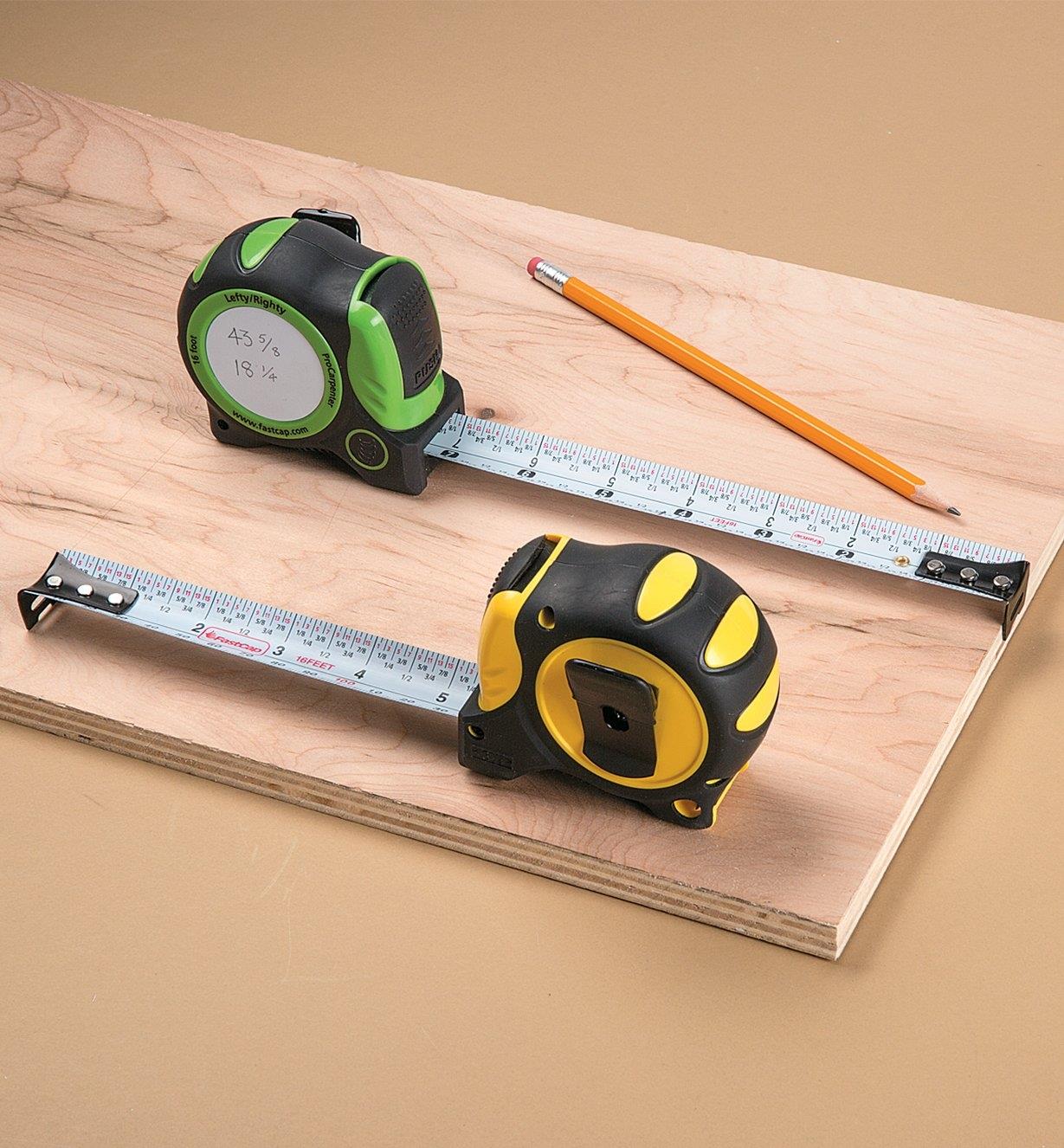
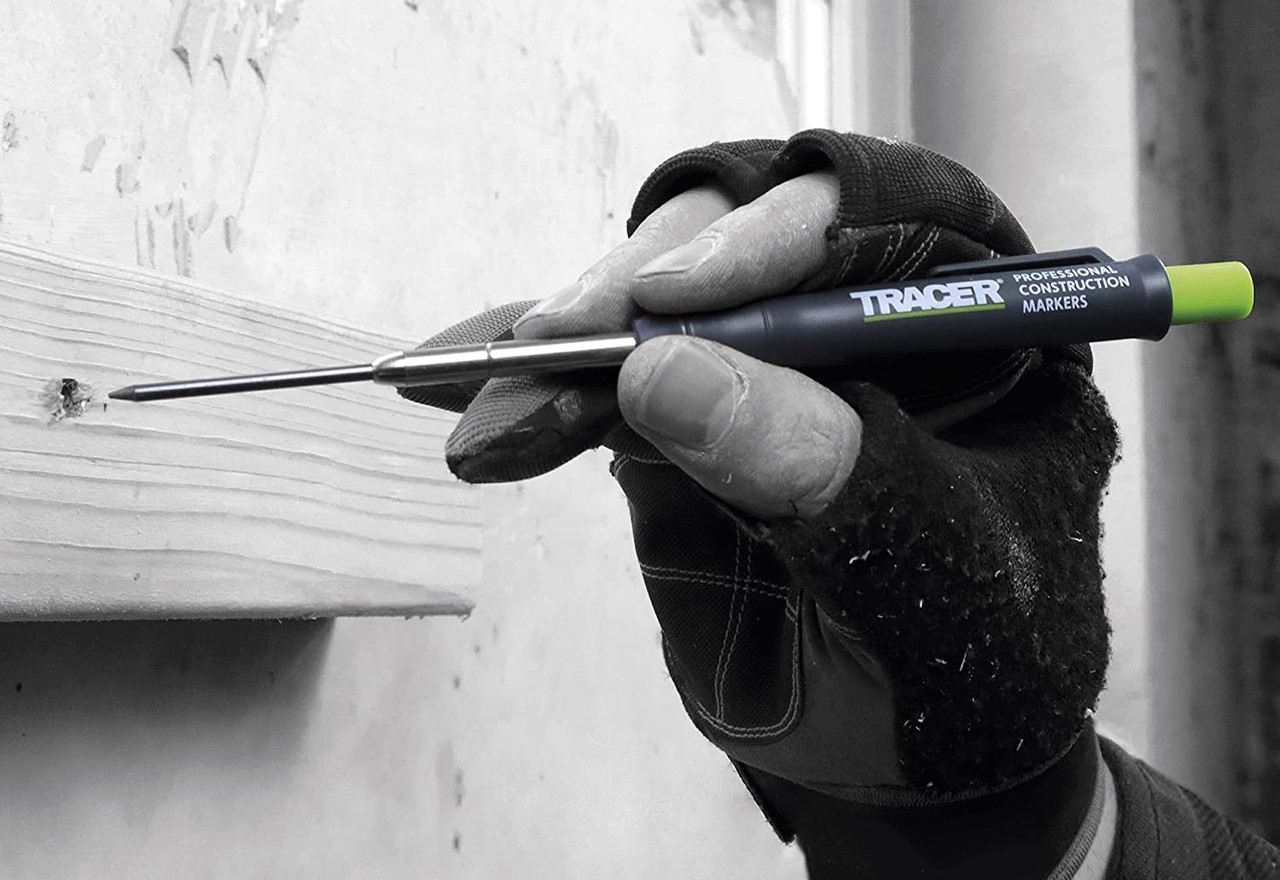
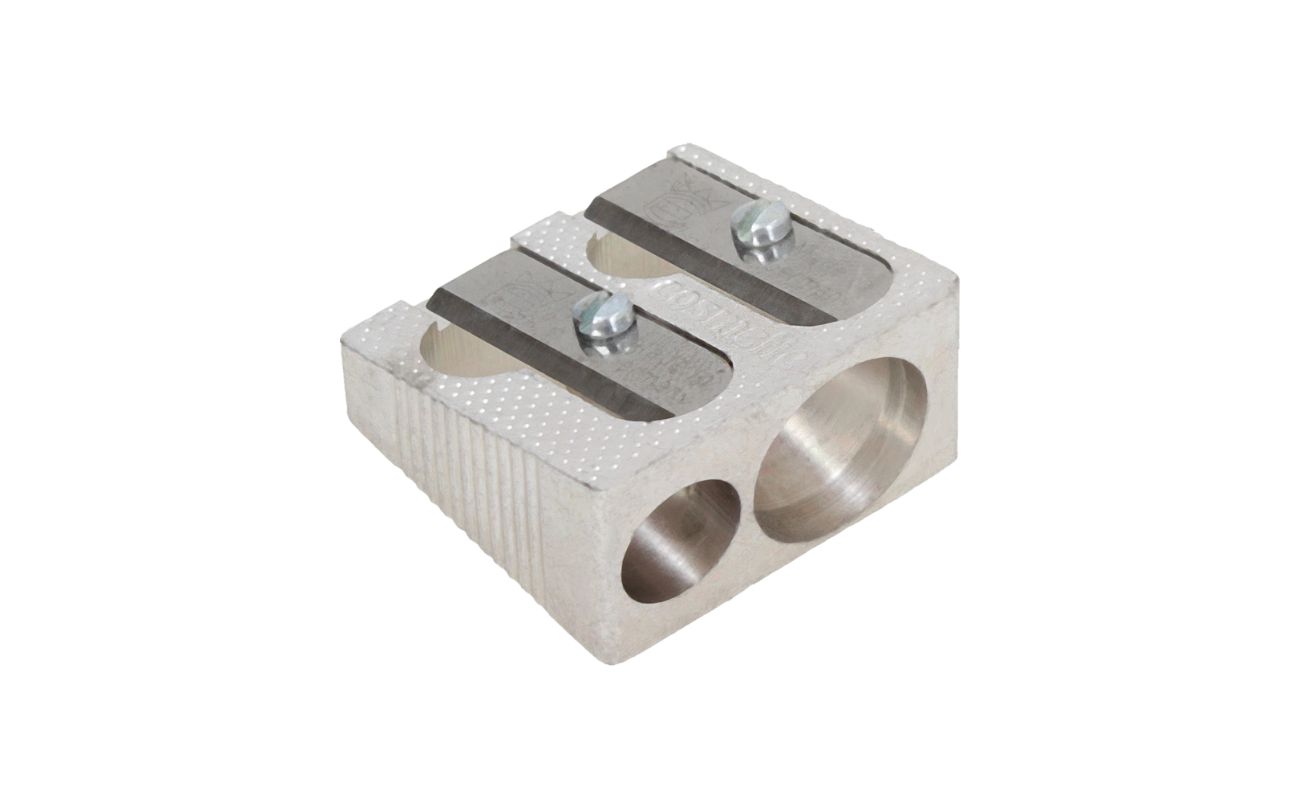
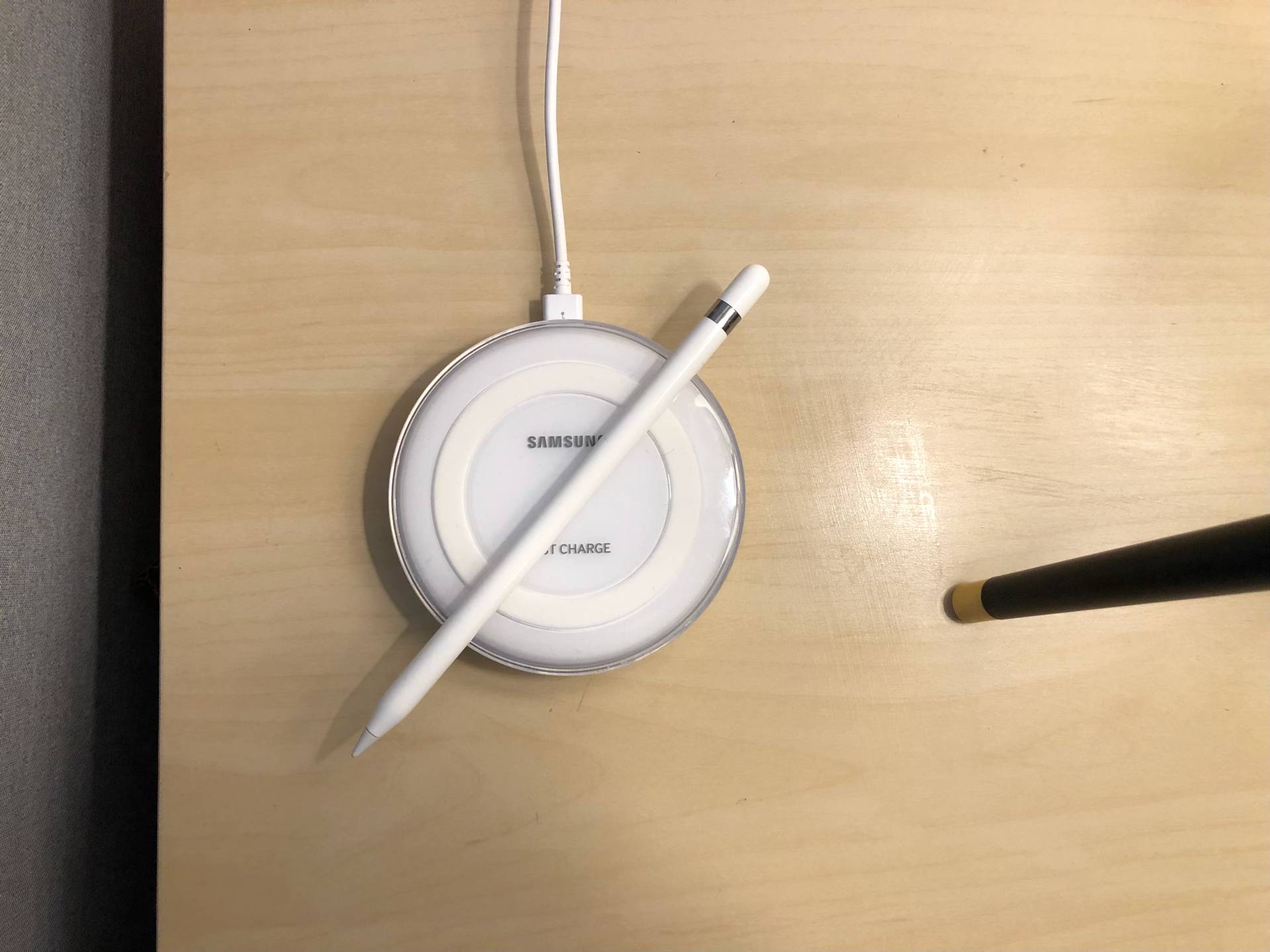
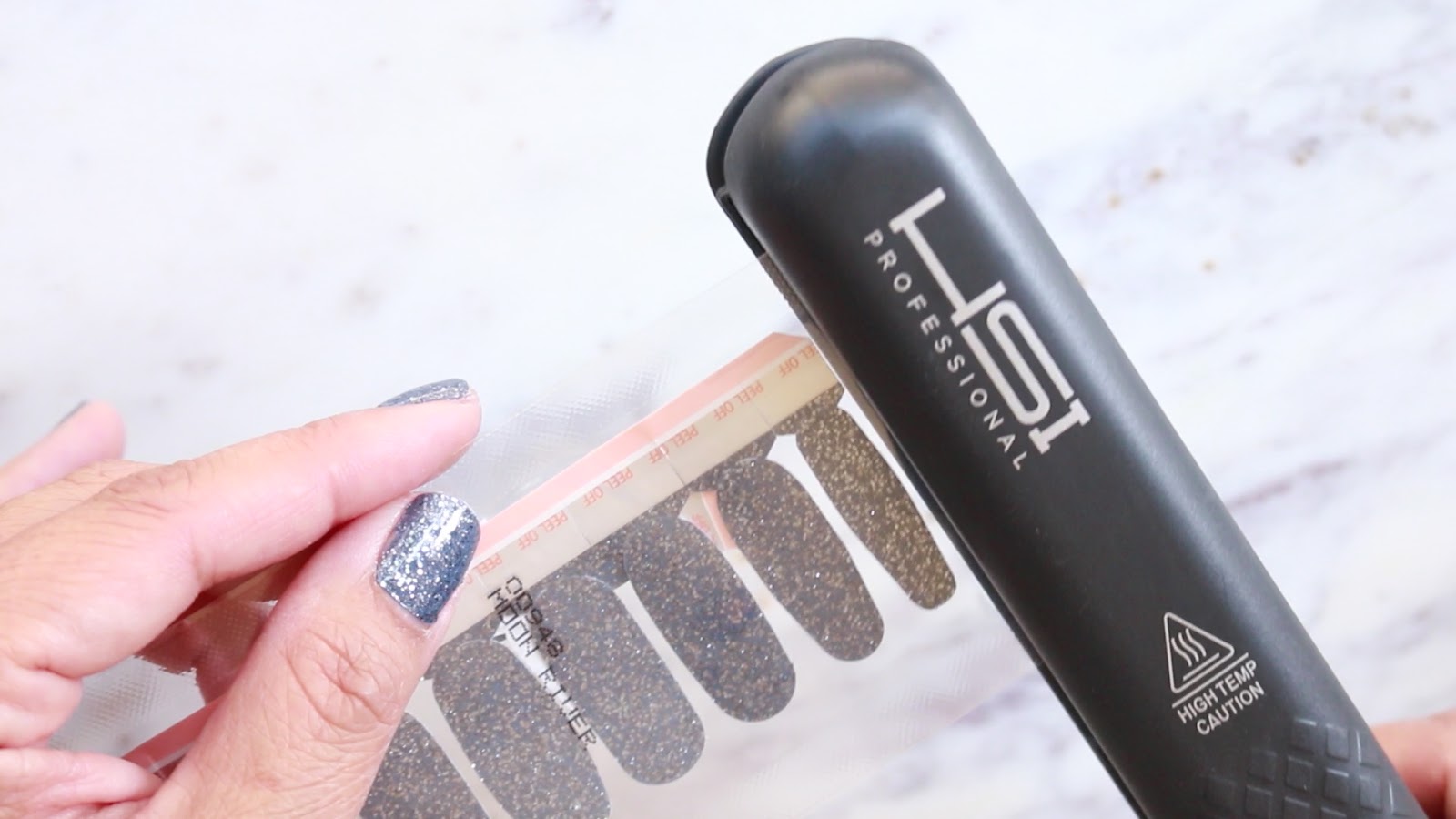
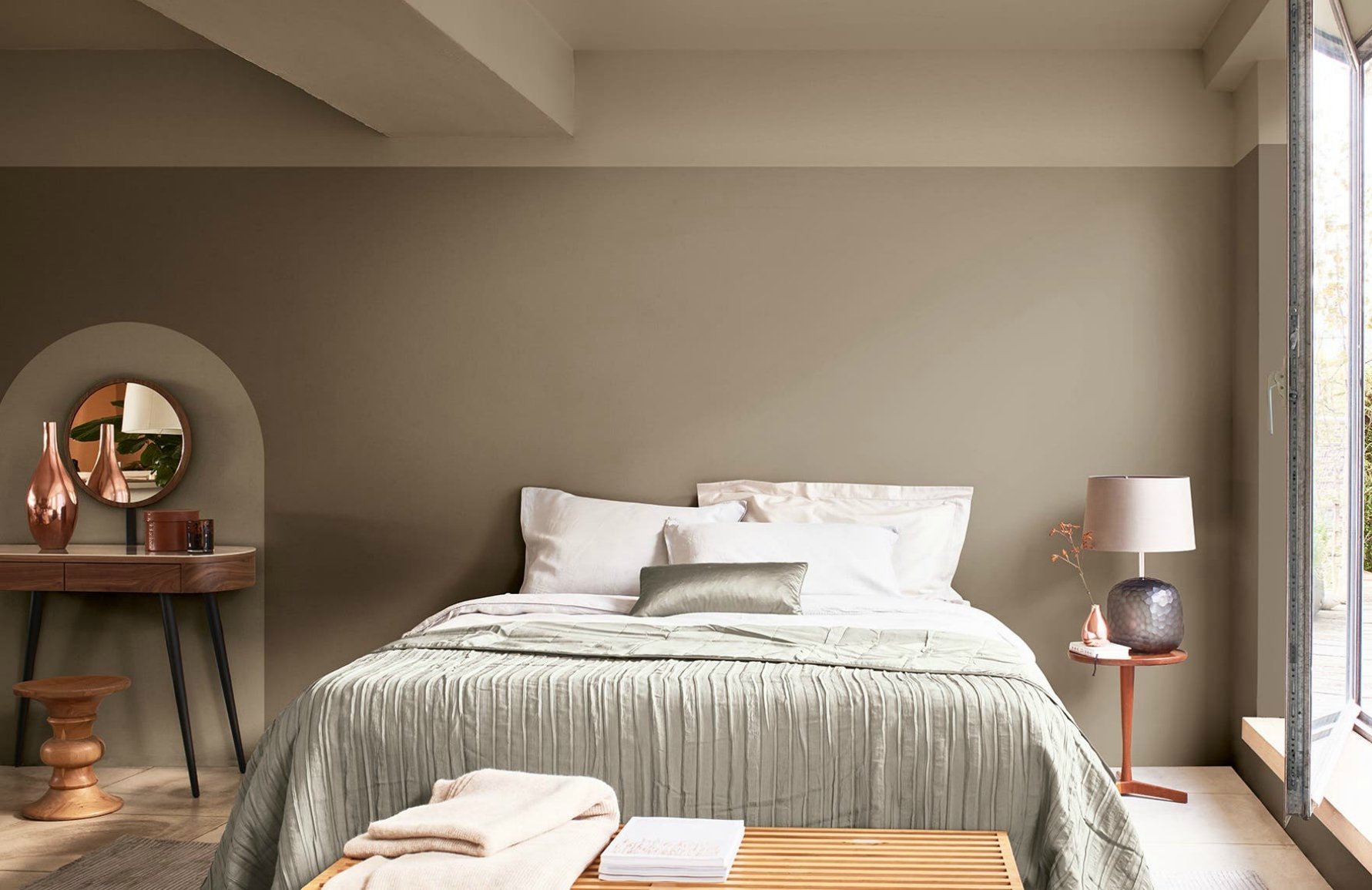
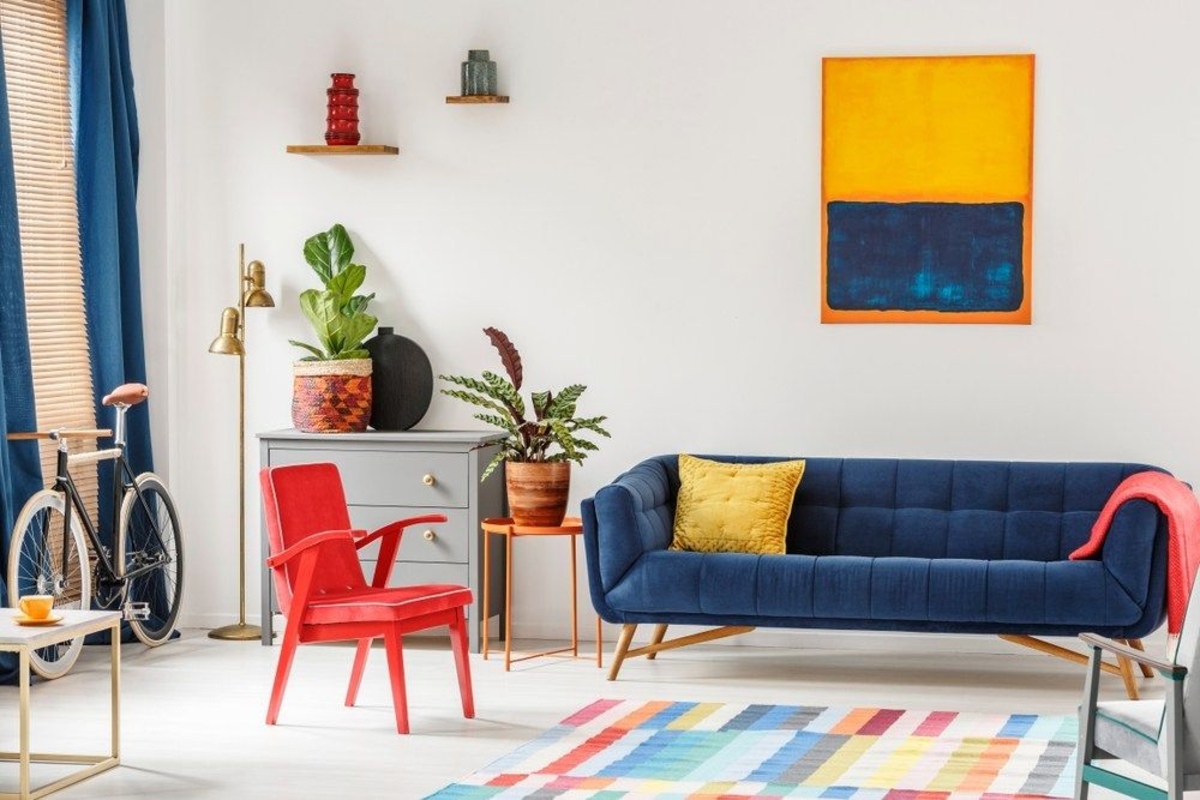

0 thoughts on “How To Store Colored Pencils”